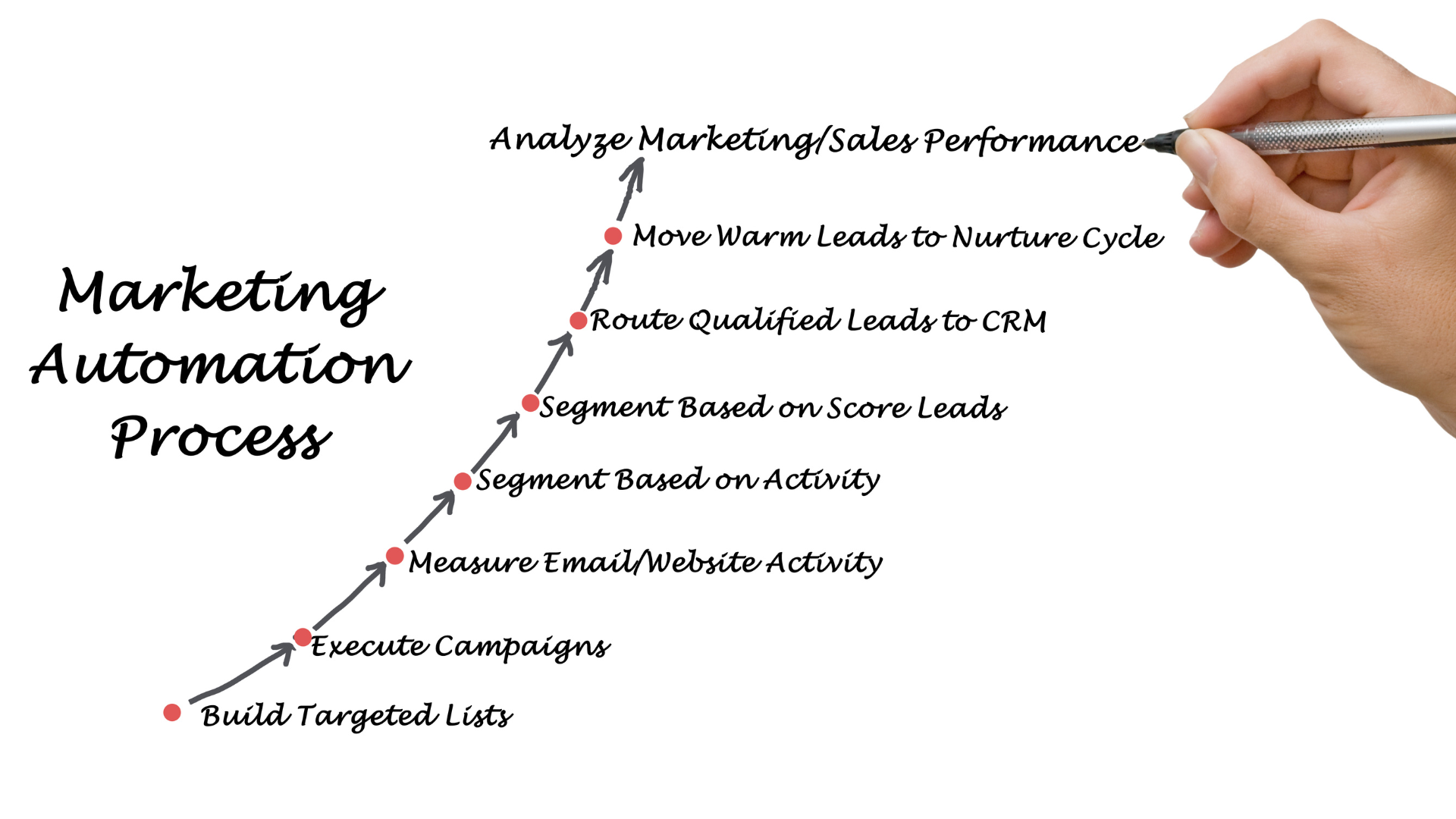In an ever-changing business environment, they need to stay competitive. Automation in marketing can help companies remain ahead of the competition by allowing them to have more efficient processes. In this blog post, we will explore the benefits of automation in marketing and why it is so important for businesses to stay competitive.
As the world moves increasingly online, so too must businesses. For companies to remain competitive, they need to be able to keep up with the latest technology and marketing trends. This is where automation in marketing comes in. Marketing automation is the use of software or other technology to automate marketing tasks. This can include anything from email marketing and social media campaigns to targeted ads and lead generation. There are many benefits of automating your marketing tasks.
Perhaps the most obvious is that it saves you time. By automating repetitive tasks, you free up time that can be better spent on other areas of your business. Automation can also help you to improve your customer engagement as you can send more personalized messages. Additionally, this can help you to track your results more effectively and make adjustments as needed to improve your ROI. If you’re not already using automation in your marketing, now is the time to start. It is essential for businesses today if they want to stay competitive.
Benefits of Automation in Marketing
Automation can help you save time and money, while also increasing your efficiency and productivity. Additionally, automating your marketing tasks can help you free up your staff to focus on more important tasks, such as sales and customer service. Finally, automating your marketing can help you keep your customers better informed about your products and services, leading to increased customer satisfaction and loyalty, relationships with your customers or followers and creating a community around your brand.
Best Practices for Implementing Automation in Your Business
There are several best practices for implementing automation in your business. First, you need to identify the areas of your business that would benefit most from automation. This could include:
- Marketing and sales processes
- Customer service operations
- Accounting and finance functions
Once you have identified the areas that would benefit most from automation, you need to develop a plan for how you will implement these processes. This plan should include a timeline for implementation, as well as a budget for the necessary software and hardware. Additionally, you need to make sure that you have the proper staff in place to manage and operate the automated systems. Finally, you need to set up monitoring and reporting mechanisms to track the performance of your automated processes.
Challenges and Risks of Automation in Marketing
Automation in marketing is not without its challenges and risks. One of the biggest challenges is ensuring that your automated marketing efforts do not come across as impersonal or robotic. Another challenge is making sure that your efforts are targeted and relevant to your audience.
One of the biggest risks is that you may lose control of your message or brand identity if you automate too much of your marketing communications. Additionally, you could end up bombarding your customers with too many marketing messages. Finally, there is always the risk that something could go wrong with your automated marketing system, resulting in lost leads, missed opportunities, or even decreased sales.
Tips for Maximizing the Benefits of Automation
- Make sure your automation software is integrated with your other business software. This will ensure a seamless workflow and avoid any potential disruptions.
- Use automation to supplement, not replace, human interaction. For example, you can use automation to send out emails or follow-up messages but make sure there is still a personal touch.
- Automate repetitive tasks but leave room for creativity and innovation. For instance, you can automate social media posts but make sure you leave time to interact with your followers manually as well.
- Be strategic about which tasks you automate. Not everything needs to be automated so focus on the areas that will free up the most time and energy for other tasks.
- Keep an eye on your metrics to see how automation is impacting your business goals. This will help you fine-tune your strategy and ensure that you are getting the most out of your investment.

